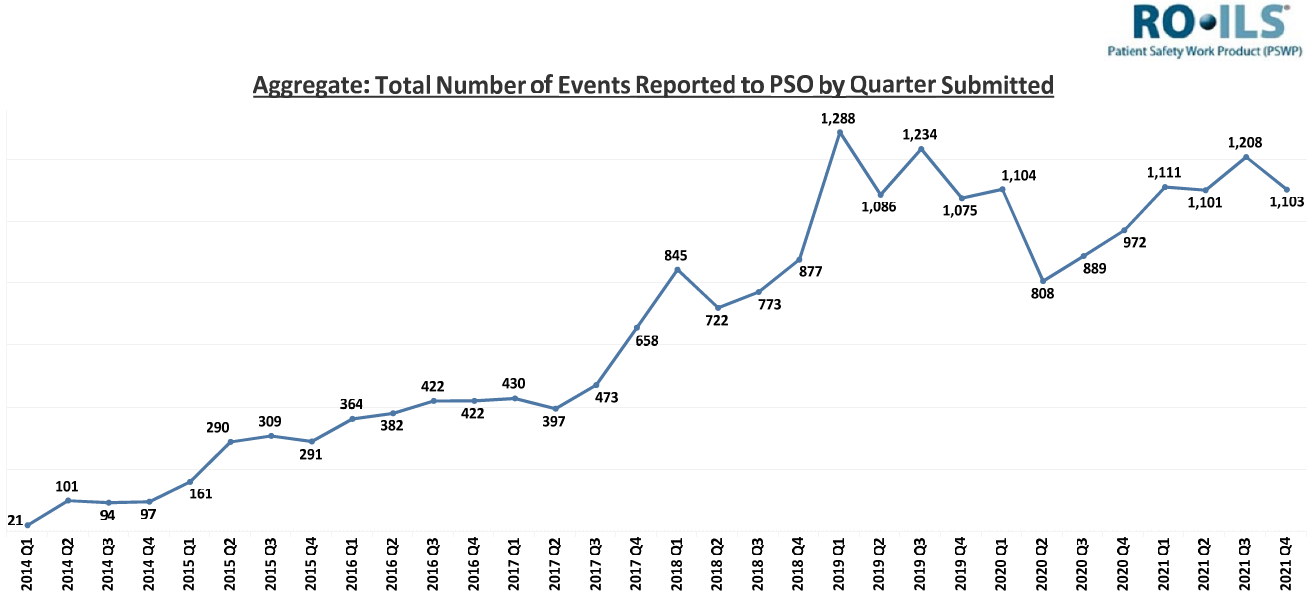Expert Advice To Jumpstart Your Department's Radiation Oncology Accreditation
Part II Of Our Radiation Oncology Accreditation Series Delivers Actionable Tips to Elevate Your Safety and Quality Program
We’ve all heard reports from colleagues about how radiation treatments sometimes just go wrong.
A patient was undergoing stereotactic radiosurgery (SRS) for a solo metastasis in the brain. The physician, physicists, dosimetrist, and other staff joined the therapists at the machine to partake in the treatment, forming the all-important stereotactic “cockpit.” The treatment commenced. The first pair of fields of the cone-based SRS treatment progressed as anticipated until the physicist noticed something was amiss. He forcefully commanded the therapists to stop the beam.
Paying close attention to the treatment console screen, he noticed that the jaw size was set to 10 x 10 cm², twice the size of the 5 x 5 cm² recommended for cone-based plans. The plan size gaffe resulted in hundreds of monitor units delivered to normal, healthy brain tissue that poured into the corners of the large jaws outside the cone shielding. Thankfully, this patient avoided serious damage and did not experience any short- or long-term effects because of this plan error. The impact of this error could have been much worse if the entire treatment had been completed.
This is an instance in which a widespread incident learning system could have prevented additional mistreatments. The first occurrence of such an error could have been reported and disseminated to encourage proactive investigation into processes to avoid it in their clinics.
Launched in 2014 by ASTRO and AAPM, Radiation Oncology Incident Learning System (RO-ILS) quickly became the preeminent national platform for collecting patient safety information in a central database.
This database is managed by a federally listed patient safety organization (PSO). The Patient Safety and Quality Improvement Act of 2005 established PSOs and granted them the ability to voluntarily collect data in a confidential and protected environment. This provides practices the comfort of knowing that their sensitive information is being appropriately managed and is not discoverable while still enabling shared learning.
Since its debut, more than 650 facilities have enrolled in RO-ILS. Departments enrolled in RO-ILS have access to an online platform that provides anonymous reporting, a critical feature for promoting a safety culture. The online portal contains analysis tools, a dashboard, and the ability to graph and export data. This all supports local data analysis and quality improvement. Data reported to the central database managed by Clarity PSO is triaged and, when appropriate, is reviewed by a radiation oncology safety expert. These individuals work in a protected environment within the PSO and comprise the Radiation Oncology Healthcare Advisory Council (RO-HAC).
In this vein, RO-ILS encourages practices to identify and report all events – not just those that reach the patient (i.e., an incident). As we continue to improve our clinical safety, there is a lot we can learn from these near misses and smaller errors.

Many more educational resources have been released on the RO-ILS webpage. Select case studies spotlight unique clinical cases and provide possible mitigation strategies for consideration. In addition to in-depth case reports, RO-ILS routinely publishes quarterly data reports showing statistics from the central database. Themed reports contain multiple case examples around a particular focus area, from specific technologies, QA processes, or contributing factors. To foster and facilitate engagement, recent RO-ILS education has included safety check question(s). For example, Case Study 11 poses the discussion question, “How does your practice handle distractions at the treatment console?”

An underlying factor in process improvement is culture, which applies at the community level and within each department. While promoting a strong safety culture takes time, it should be a priority alongside a fair, just, and collaborative environment fostering learning. Fruitful discussions of cases within an interdisciplinary safety and quality improvement committee help support a proactive and inclusive culture.
Additionally, RO-ILS users can attend user meetings as an opportunity to discuss RO-ILS errors with other participants. National events, such as Patient Safety Awareness Week in March, are an opportunity to celebrate successes and further promote safety.
RO-ILS, ASTRO, and AAPM should be proud. This is a very active and successful national program, and specialty-specific PSOs are rare. Numerous resources and countless hours are poured into the program behind the scenes. Due to the hard work and effort put forth for RO-ILS, radiation oncology practices across the country are able to enroll and participate in the program for free.
Dr. Dawson further explains, “RO-ILS was developed for the betterment of the field. We believe it is one of the most important avenues to improve safety and patient care. The success of this program is tied to our collective commitment to facilitate patient safety efforts.”
Radformation wholeheartedly agrees that this is a beneficial resource for our community, as it supports quality improvement and better patient care. By learning from errors occurring elsewhere, departments can design interventions to prevent those same errors in the future. For this reason, Radformation is proud to be a Safety Ally and supporter of the program.
For all of us in the radiation oncology community, patients are at the center of everything we do. By supporting, participating, and learning from RO-ILS together, we can do more to serve our patients better. By doing so, we can prevent similar errors from happening and ensure that no jaws are ever again twice the size they should be.

Tyler is a board-certified medical physicist with extensive clinical experience in radiation therapy. He is active in the medphys community including several AAPM committees, the AAPM Board of Directors, and as an ABR orals examiner. Tyler dabbles in real estate investing, loves preparing breakfast for his three kiddos, and enjoys playing adult coed soccer.
Related tags: Safety & Quality Improvement
Part II Of Our Radiation Oncology Accreditation Series Delivers Actionable Tips to Elevate Your Safety and Quality Program
Does the future of medical physics involve more direct patient interaction?
Recently published TG-275 offers guidance for physics plan review. Plus, Q&A with task group chair Eric Ford.
Leave a comment